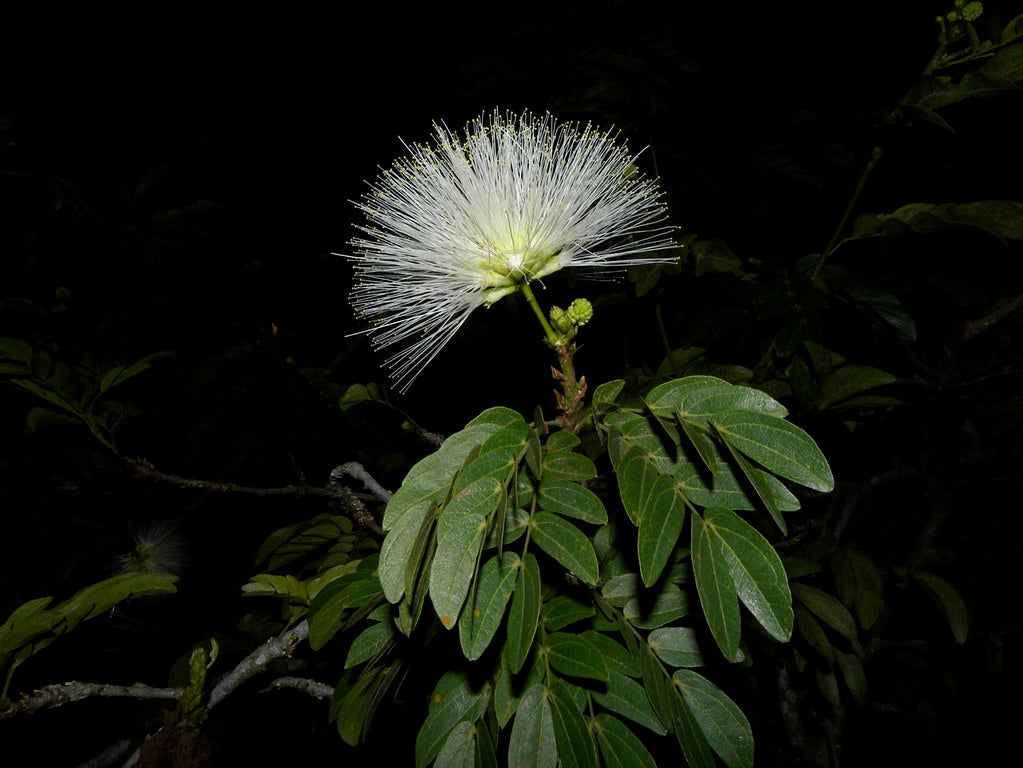Amazon deforestation could be stopped by ‘miracle tree’
Nitrogen-fixing species could link-up ravaged areas of Amazon and help rebuild biodiversity

Amid devastating wildfires and clearances for agricultural land in the Amazon, a tree species that can help keep soil fertile could provide a sliver of optimism for the grave situation in the rainforest.
The inga tree – also known as the ice cream bean tree – can not only grow on the very poor soil left by destructive slash and burn land clearing, but can ultimately improve the soil and make it fertile enough for other species to return.
Meanwhile, the beans can be sold by farmers, leaves from the trees can be fed to cattle, and they can be coppiced to create firewood – giving people several reasons to invest in growing them.
The reason the trees, of which there are hundreds of species, are uniquely useful is that they fix nitrogen into the soil, which is a key nutrient for plants.
A project designed to support farmers wishing to plant inga trees is aiming to prove that farmers can expect to get an income from the species – which is a type of legume.
Toby Pennington, a professor of tropical plant diversity and biogeography at the University of Exeter, told the BBC: “Even amongst legumes, they have pretty fantastic growth rates.”
The ecosystems they foster below their branches are also a vital means of boosting ecological diversity and assisting growers with the means of making even greater financial returns.
“If you had a cup of coffee this morning that came from Latin America, the odds are that it was growing underneath one of these inga trees,” Professor Pennington added.
Greater coverage of land where ingas are grown could also provide vital corridors for wildlife in the Amazon, which has become increasingly split into fractured areas.
The Ouro Verde (Green Gold) Institute, which is behind the initiative, hope by encouraging greater biodiversity in areas already affected by slash and burn clearing, they could help mitigate some of the effects of climate change.
And according to the Inga Foundation, planting crops of the trees “provides soil protection, weed control and a nutrient regime”.
However, attempts to re-green areas of the Amazon needs to occur at the same time as stopping the destruction of the rainforest.
Fires in the Amazon have increased by 84 per cent since the same period last year, according to satellite data from Brazil’s National Institute for Space Research.
In June, the institute published data showing an 88 per cent increase in deforestation in the Amazon compared to the same month a year ago.
The data release led to Brazilian president Jair Bolsonaro accusing the director of the National Institute for Space Research of lying, which apparently led to him being fired.
Uncontrolled logging and land invasion has been blamed by analysts for much of the loss, some of which occurred in protected areas and indigenous reserves.
In August this year, Professor Thomas Lovejoy of George Mason University, who has studied the Amazon since 1965, told The Independent there are signs the vital rainforest is on course for further extensive deforestation and could soon reach a “tipping point” will soon stretch beyond human control and spell disaster for the forest, and consequently, life on our planet.
Join our commenting forum
Join thought-provoking conversations, follow other Independent readers and see their replies
Comments
Bookmark popover
Removed from bookmarks